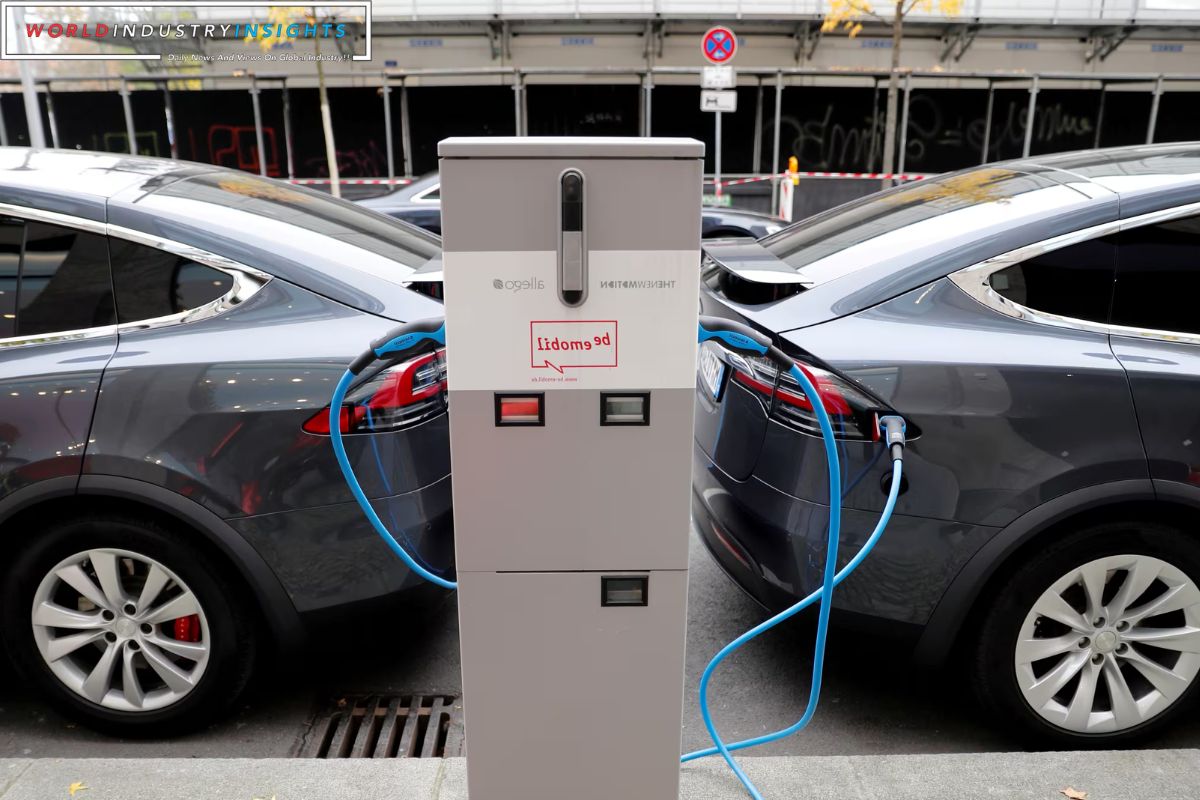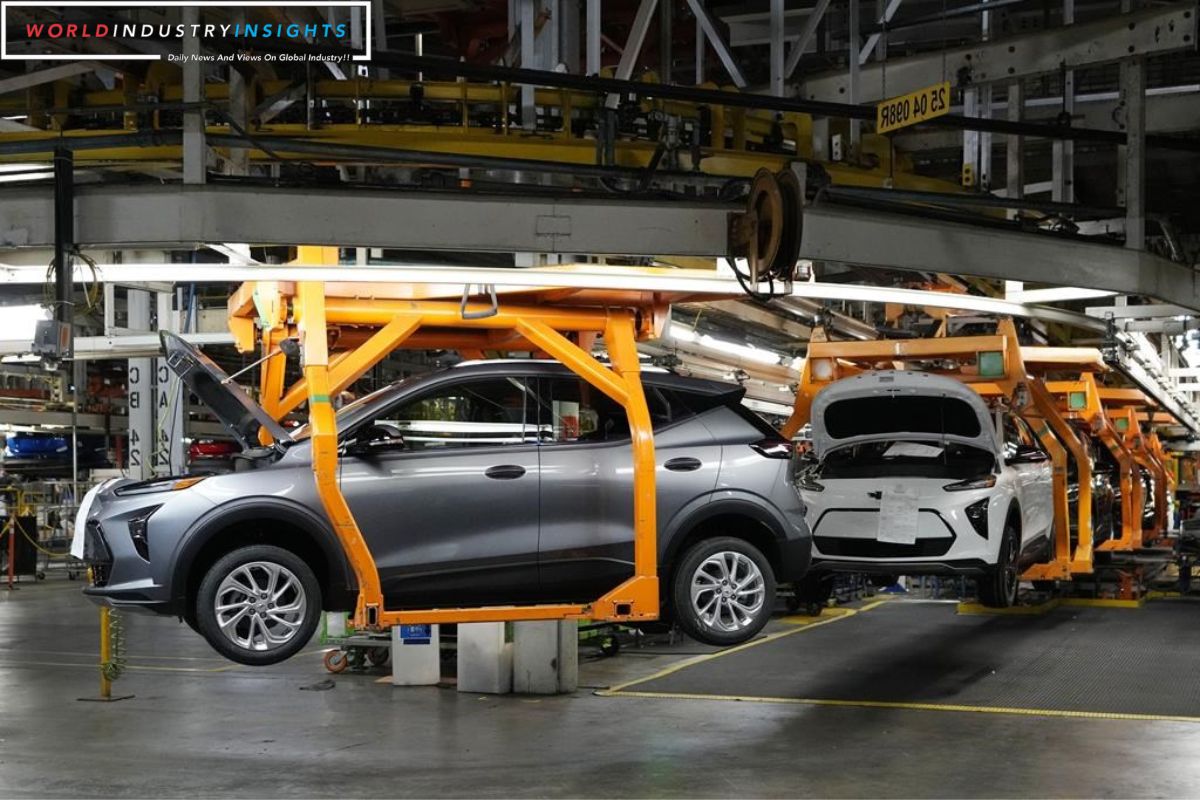EV Roadblocks: In a detour from the anticipated all-electric future, automakers are recalibrating their strategies as the year concludes. Initial plans involved a substantial $1.2 trillion investment by 2030 to transition electric vehicles (EVs) from niche to mass-market models, including in-house battery and software development. However, both legacy automakers and EV startups, such as Tesla and Rivian, are now reining in investments and reassessing product approaches.
Despite growing global demand for EVs, adoption has not matched industry expectations, especially in the U.S. High-interest rates have placed many EVs beyond the reach of middle-income consumers, and concerns about charging infrastructure persist. Industry executives acknowledge that the next three to four years may be challenging due to consumer worries about pricing and charging accessibility.
Legacy automakers, including General Motors, are hedging their goals of achieving all-electric fleets by the mid-2030s, signaling a readiness to adapt to customer preferences. Ford’s F-150 Lightning, initially met with enthusiasm, faced production adjustments as demand didn’t sustain the planned pace.
Also Read: Volkswagen Drives Change: 11% Salary Boost in Response to Shifting Auto Industry Dynamics
While global EV production is expected to triple by 2030, challenges in North America persist. Industry executives are lobbying for relief from emissions rules, aiming to adjust the ambitious target of two-thirds of U.S. new-vehicle sales being EVs by 2032.
Two main concerns dominate the outlook for expanding the EV market: affordability and access to charging. Slow charging infrastructure development led legacy automakers to strike deals with Tesla to utilize its Supercharger network. The push for affordability involves convincing mainstream consumers to cover higher EV production costs and generate profits, a challenge yet to be fully addressed.
Even Tesla, a profit-making EV manufacturer, faced the need to cut prices to maintain production momentum. CEO Elon Musk acknowledged the pricing challenge, stating that if Tesla’s car cost the same as a Toyota RAV4, the latter would be unlikely to sell. As industry dynamics evolve, the road to a widespread EV future encounters obstacles that demand strategic recalibration.
Our Reader’s Queries
What is the biggest barrier to EV adoption?
For those considering a switch from gas-powered cars to electric vehicles (EVs), there are a few common barriers that may cause hesitation. One of the most prevalent is the perceived high cost of EVs. Additionally, long waiting lists to purchase an EV can be a deterrent. Some areas may also have a perceived lack of charging infrastructure, which can make owning an EV seem impractical. Lack of awareness about EVs and safety concerns are also factors to consider.
What are the barriers to EV deployment?
The pace of electrification is being hindered by various barriers to EV adoption. These include the lack of charging infrastructure, concerns about EV performance, limited availability of EVs, and affordability issues. These factors are slowing down the adoption rates of electric vehicles.
What is stopping people from buying EVs?
Apart from the misconceptions, there are several reasons why a lot of car buyers are still hesitant to invest in electric vehicles. These include the steep price tag, concerns about limited range and anxiety over battery deterioration and potential fire hazards.
What are the risks of EV cars?
Electric cars may seem like a safer alternative to traditional vehicles, but the reality is that they come with their own set of risks. The batteries used in electric cars, specifically lithium-ion batteries, have been known to catch fire and even explode. These batteries store and emit energy through electrochemical reactions, making them highly susceptible to potential hazards. It’s important to be aware of these risks and take necessary precautions to ensure the safety of both the driver and passengers.


